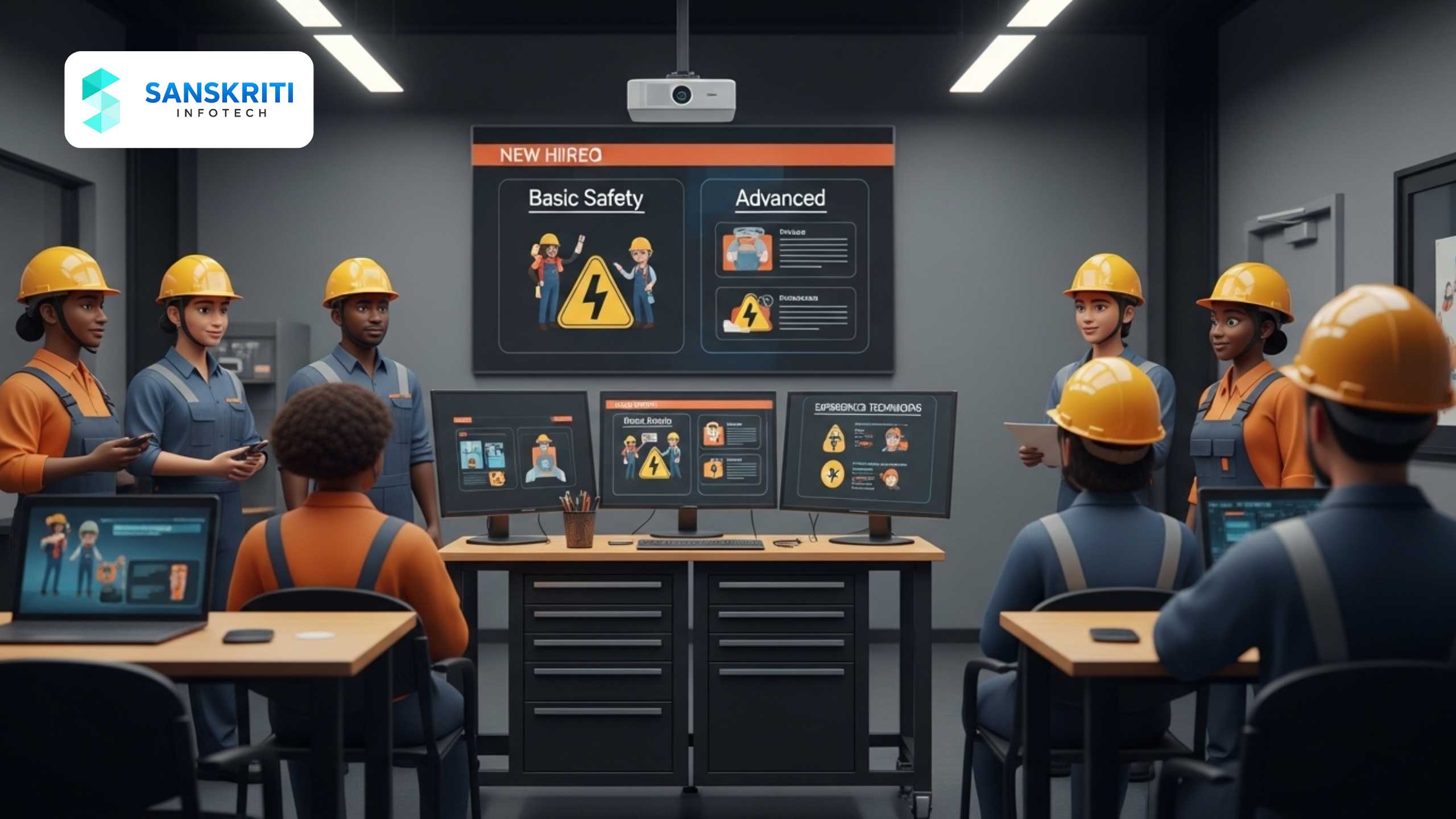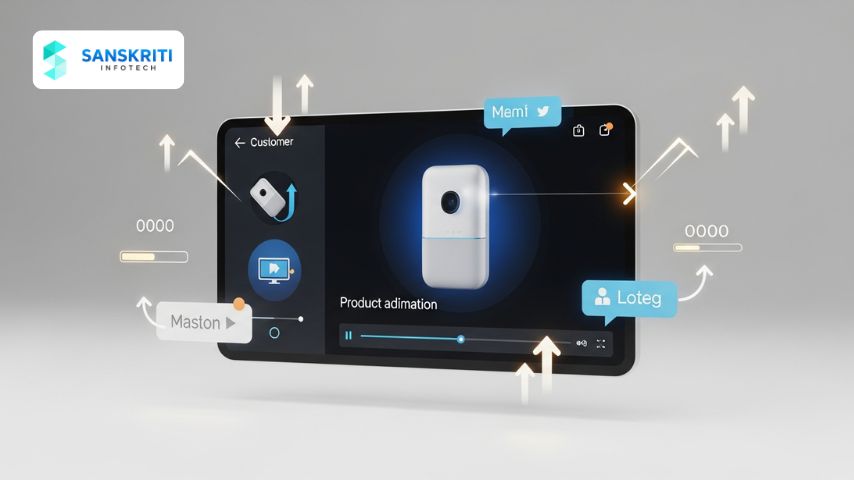Table of Contents
Introduction
Safety induction is no longer just a checkbox for onboarding new employees—it’s a crucial part of building a proactive safety culture. Whether someone is a fresh hire, a contractor, or an experienced technician, effective safety induction lays the foundation for responsible workplace behavior. With rapidly advancing technologies and the rising complexity of industrial operations, traditional one-size-fits-all methods are no longer sufficient.
This is where 3D animated safety induction videos come in. These versatile, visual tools ensure that every level of your workforce receives relevant, engaging, and memorable training. Let’s explore how this modern approach is reshaping safety induction for all tiers of personnel.
The Importance of Safety Induction at Every Level
Safety induction isn’t only for newcomers. Even experienced workers benefit from updated protocols, location-specific hazards, or process changes. Here’s why:
– New hires need foundational awareness of hazards and compliance.
– Mid-level staff often switch roles or equipment and must adapt quickly.
– Senior technicians or supervisors need leadership-level understanding of emergency protocols, safety reporting, and mentoring responsibilities.
Tailoring the induction based on experience improves engagement and retention.
Why Traditional Induction Methods Fall Short
Most traditional inductions rely on slide decks, long verbal lectures, or PDFs. While these may convey information, they often:
– Lack engagement
– Offer no visual context
– Are inconsistent across trainers or shifts
– Don’t address varied learning needs across job levels
These limitations increase the chances of safety protocol violations or confusion in emergencies.
The Versatility of 3D Animated Safety Induction
3D animated safety induction videos overcome these barriers through:
– Highly visual, scenario-based storytelling
– Accurate representation of work environments and hazards
– Multi-language voiceovers and on-screen text
– Customization by role, location, or equipment
– Scalability for global rollouts
This ensures relevance and clarity for every learner, no matter their role or language preference.
Role-Based Training Using 3D Animation
With 3D animation, training can be broken down by role, responsibility, and familiarity level:
For New Hires:
– Basic PPE usage
– Hazard signage
– Entry/exit protocols
For Skilled Technicians:
– Equipment-specific SOPs
– Hazard interaction scenarios
– Reporting and lockout-tagout procedures
For Supervisors/Managers:
– Emergency planning
– HSE compliance audits
– Incident investigation frameworks
3D modules can be modularly assigned via an LMS to suit every worker profile.
Increasing Engagement & Retention
Studies show that visual learning increases retention by up to 400% compared to text-based methods. Animated scenarios show consequences in a realistic yet safe way—helping workers visualize risks and remember what to do.
Key impacts:
– Reduced safety violations
– Higher post-training test scores
– More active participation in drills and real incidents
Case Study: Site-Wide Training Rollout
A large logistics company introduced 3D safety induction videos tailored for warehouse workers, forklift operators, and supervisors. The result:
– 68% increase in training completion rates
– 37% drop in first-month near misses
– Supervisors reported better compliance with SOPs
The company now rolls out monthly refresher animations for key risk areas.
Conclusion
Whether you’re onboarding new workers or re-training experienced personnel, safety induction needs to evolve beyond static formats. 3D animated safety induction videos deliver targeted, visual, and memorable training that works at every experience level.
At Sanskriti Infotech, we create custom safety induction animations that align with your job roles, industry, and compliance requirements. It’s time to turn every induction into an opportunity to build a safer, smarter workforce.






